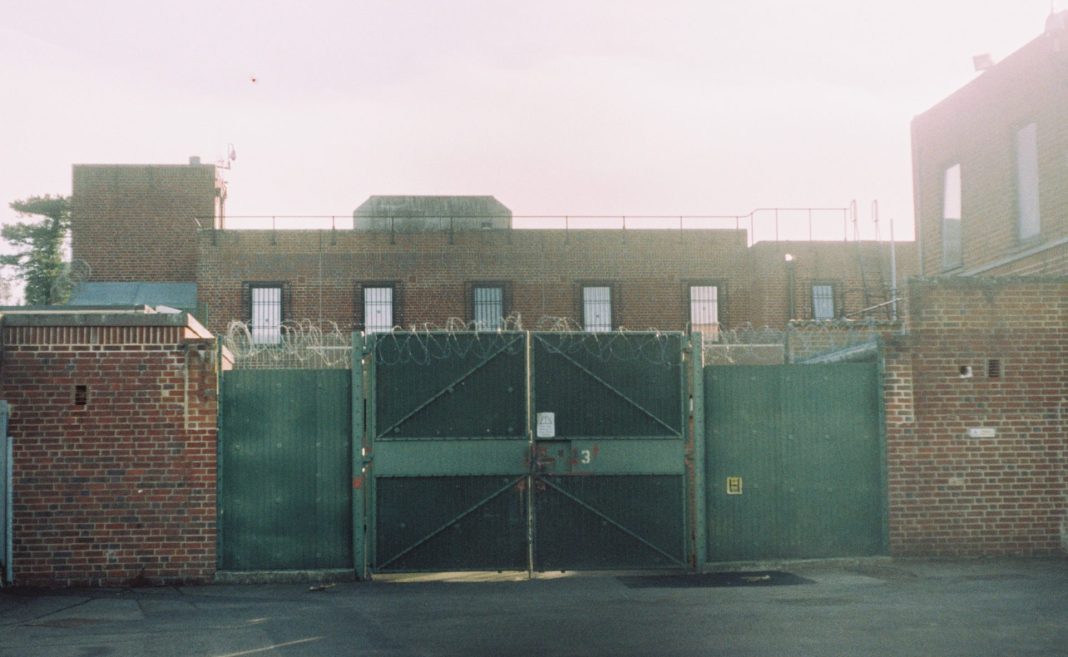Half an hour north of central Oxford, you’ll find two disparate developments. On one side, Oxford’s new pride and joy: a £4 billion partnership with Legal & General for a state-of-the-art science area. On the other, Campsfield Detention Centre: a £70 million project by Galliford Try to reopen a facility for 400 immigration detainees. The hypocrisy is glaring.
Campsfield’s closure in 2018 was met with significant relief, given its notorious living conditions. In October 2013, a suicidal inmate attempted to start a fire in his cell, resulting in two hospitalisations. The Home Office’s neglect towards detainees’ health was not only evident in their indefinite detention, but also in its failure to install fire sprinklers in the facility.
Plans to reopen the centre have been met with continued protest. An open letter against the reopening in August 2024 represented 50 Oxford organisations, whilst a petition by a former detainee received over 1,400 signatures.
One voice that has been conspicuously absent is the University of Oxford itself. Its recent accreditation as a University of Sanctuary ostensibly recognises Oxford’s “sustained commitment to being a place of welcome for people who have been forcibly displaced”. Even if the University is unwilling to take an explicitly ‘political’ stance, the reopening of Campsfield poses both a public health and community wellbeing issue. To stay silent stands in direct opposition to Oxford’s supposed commitment.
Alternatives to detention are cheaper, more effective, and more humane. The reopening of Campsfield is unnecessary and unpopular; it’s time for the University of Oxford to actually stand behind the sanctuary they claim to provide.


